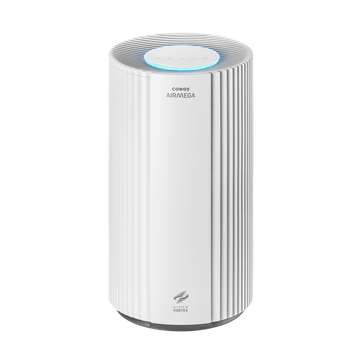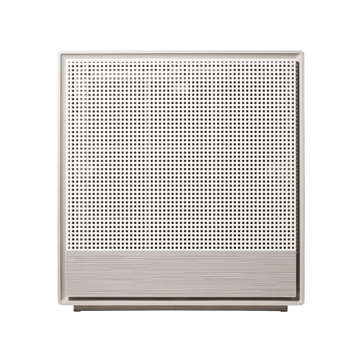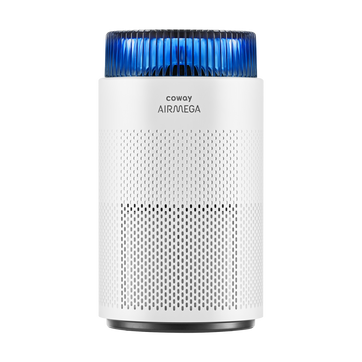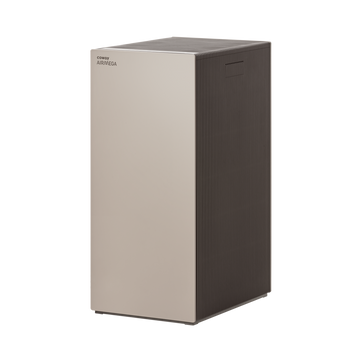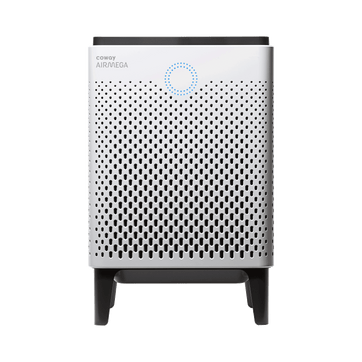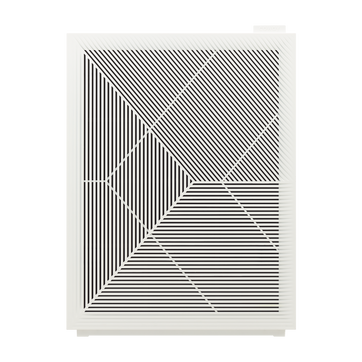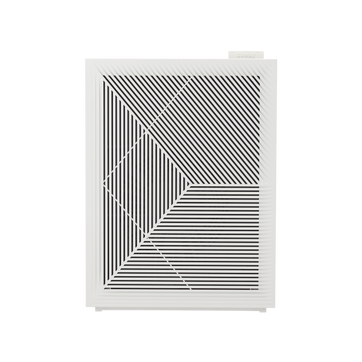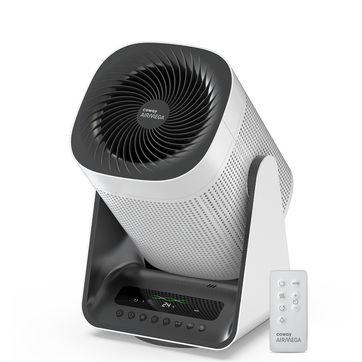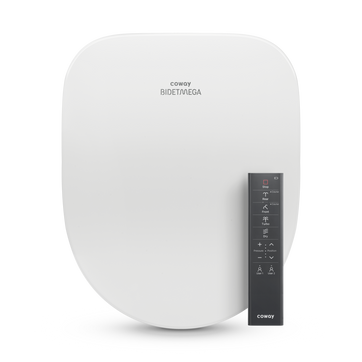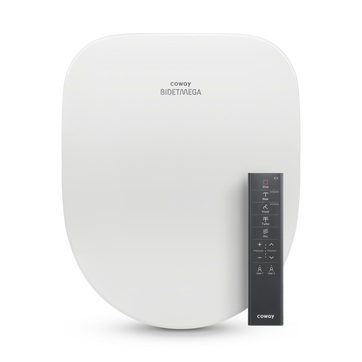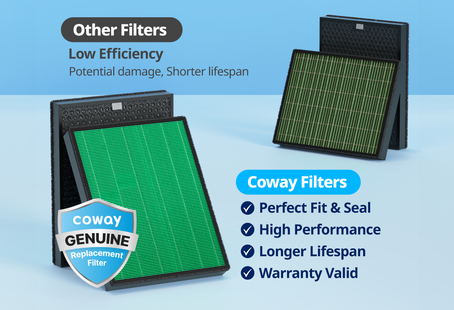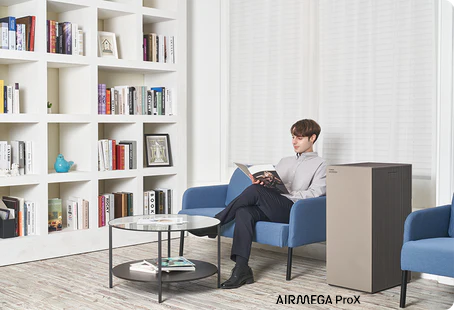
Is indoor air quality worse in the winter?
During the winter, when people say they have “cabin fever,” they usually mean that they feel eager to get outside after being cooped up at home for too long. But what if part of the reason people experience this “fever” is due to poor indoor air quality? During the coldest months of the year, there are reasons to believe that indoor air may decline in quality compared to warmer seasons.
Bacteria walks right in
In 2016, researchers at the University of Arizona studied the role of people’s shoes in carrying bacteria from outside to inside. They examined 26 shoes that participants had worn over three months and discovered an average of 421,000 units of bacteria per shoe.
Then they looked at how much of the bacteria was transferred inside when people continued to wear their shoes indoors. The research team found that nearly all of the bacteria—90 percent!—found its way onto the floor surface.
Particles get stirred up
Whether you warm your home with a furnace, boiler or fireplace, it’s likely that your heating system stirs up dust particles. This is particularly true with systems that blow heat through air ducts around the house. Among these particles are countless, tiny bits of allergens like pet dander, dead skin cells, dust mites and bacteria that make their way in from outside.
Windows remain sealed
Bacteria and other particles live indoors all year round. Yet during the warmer times of year, the air in indoor spaces can be refreshed by simply opening a window. In the winter, however, indoor dwellers keep their spaces sealed tight to prevent the cold from coming in. Sensible behavior, but by keeping doors and windows shut, potential allergens get sealed in, too.
Coway Airmega air purifiers offer Advanced Max2 dual HEPA carbon filters that can filter indoor air up to four times an hour. The purifiers remove 99.97 percent of particles up to 0.3 microns in size. As a result, you and your family can breathe clean air during the winter—and stay cozy inside until spring.
Disclaimers
1Coway air purifiers has been proven to trap dust, pollen, dander, viruses and bacteria in the air based on KCL (Korea Conformity Laboratories) testing.They have been tested in a 30㎥ size chamber according to the Korea Air Cleaning Association standard (SPS-KACA 002-132:2022 Modified) to measure the 0.01㎛ size of particle removal rate. It was tested on maximum airflow speed in normal room temperature and humidity conditions. The performance may vary in the actual living environment of customers.
→ Tested with Airmega Aim, 150, 160, AP-1216L, AP-1512HH, AP-1512HHS, 200M, Icon, IconS, 230, 240, 250, 250 Art, 250S, 300, 300S, 400, 400S, ProX
299.97% of viruses, bacteria, fungi and pollen were verified to be removed from the air for Coway air purifiers which have Green True HEPA™ filter applied based on the Japan Food Research Laboratories(JFRL) testing according to JEM 1467 standard.
→ Tested with Coway Airmega AP-1512HH, AP-1512HHS, 250, 250 Art, 250S, 300, 300S, 400, 400S
→ All tested by JFRL and received above result within below time.
All tested by JFRL and received above result within below time.
- Virus: Tested with Escherichia coli phage ΦX174 NBRC 103405, 60 minutes
- Bacteria: Tested with Staphylococcus epidermidis NBRC 12993, 60 minutes
- Fungi/Mold: Tested with Penicillium citrinum NBRC 6352, 60 minutes
- Pollen: Tested with Cedar Pollen extract, 60 minutes
3Aerosol test conducted in a Biosafety level 3 laboratory with two Coway air purifier models, Coway Airmega 250 and 400 for removal of SARS-CoV-2 Aerosol by US based MRI Global, a not-for-profit laboratory and partner of US Department of Defense. The test was conducted in a 13.1ft3 chamber. Virus was aerosolized for 15 minutes and the product was turned on high for 2 minutes. Result showed each product effectively removed over 99.98% of the SARS-CoV-2 in 2 minutes. This is a result from a laboratory experiment condition and result may vary in different conditions. This result does not imply it kills SARS-CoV-2 or prevents the transmission of Covid-19. Coway Airmega 250S and 400S are identical to the tested models and has equal performance with an additional mobile connectivity function.
4The concentration of ammonia, acetaldehyde and acetic acid were proven to be removed within 30 minutes by FCG Research Institute, Inc. Human Life Science Lab. It is not a demonstration result in the actual use space. Not all odors and gases may be supported. → Tested with Coway Airmega 150, 160, AP-1512HH, AP-1512HHS, 400, 400S
5The coverage area of the air purifier is based on an area where the air cleaner can make two air changes per hour (ACPH). An air change per hour translates to how many times an air purifier can clean an area, assuming the height of a ceiling to be 8 ft, in one hour. Therefore ** means two air changes per hour means that the cleaner can clean the area once every 30 minutes and * means air changes per hour means that the air purifier can clean the area once every 60 minutes.
10Terms and conditions apply. Discounts, including promotions, coupons, bundle discount and subscription discount, cannot be stacked on top of other coupons. During promotional periods, discount codes will not be able to be applied to orders. Promo codes may apply to products only—filters, accessories, and new products within 3 months of the release date are not included.
